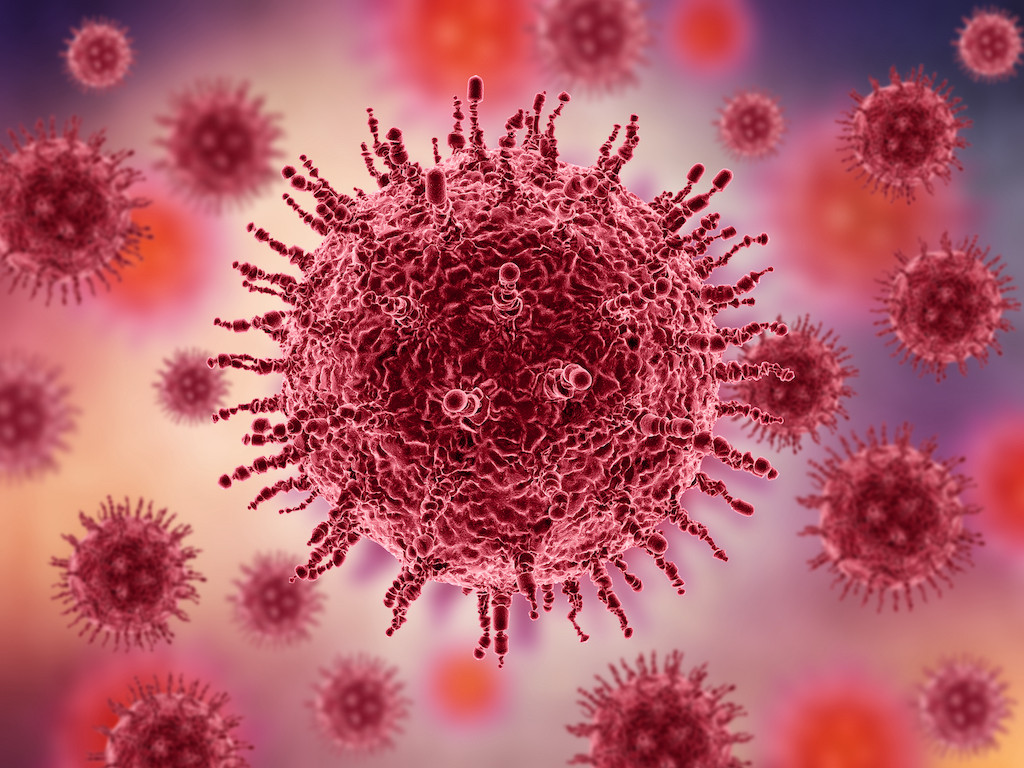Why is a virus non living?
Viruses are non living. They are not like animals, plants, fungi, protists and bacteria. These are all living and are made up of one or more cells. Viruses are not made of cells and are instead referred to as 'particles.'
Viruses are not classed as living organisms because they do not possess all the characteristics of living things. See "The features of all living organisms" to find out which characteristics viruses do not possess.
Why do antibiotics not work against viruses?
Antibiotics are chemicals used to kill bacterial cells or stop them from multiplying inside animals. They work against bacteria in one of three main ways:
- Prevent DNA synthesis by interfering with bacterial enzymes that copy DNA
- Prevent protein synthesis by interfering with bacterial enzymes that produce proteins
- Inhibit the synthesis of the bacterial cell wall
Since they target bacterial enzymes only and viruses have no enzymes anyway, antibiotics are useless against a viral infection. In fact, using antibiotics when they are not needed increases the chances of bacteria becoming resistant to them. So they should only be taken as prescribed for a bacterial infection.



